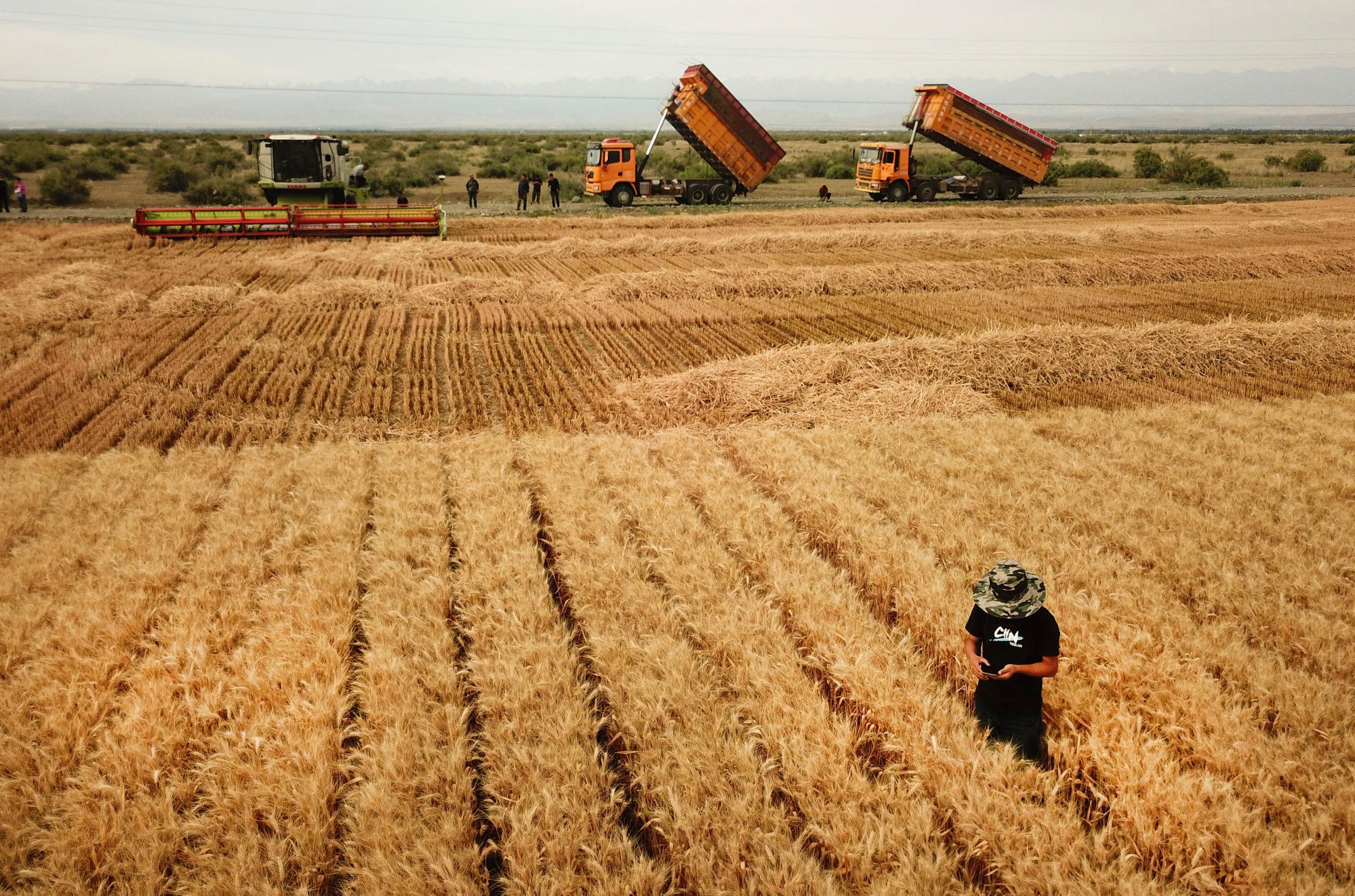
Chinese region of Xinjiang warns of flood risk amid ongoing heatwave
- The vast western region is on high alert as temperatures in some areas topped 40C (104F) increasing the risk from melting glaciers
- Some meteorologists have blamed global warming for the heatwave, which is also threatening the region’s cotton industry
The excessively hot weather has driven up demand for electricity to cool homes, offices and factories, while drought is a concern in agricultural regions.
Xinjiang’s recent heatwaves have been particularly long-lasting and widespread, Chen Chunyan, chief expert at the Xinjiang Meteorological Observatory, told state media.
She noted the extreme weather in the south and east of the Chinese region, more than twice the size of France, has already lasted for about 10 days.
Xinjiang’s meteorological bureau renewed its red alert for the region - the highest in a three-tier heat warning system - around midday on Saturday.
Chinese heatwave prompts tourists to head to the high ground
It forecasts temperatures in Kashgar, Hotan, Aksu, Bazhou and other places could rise above 40 degrees Celsius (104 degrees Fahrenheit), while some areas in Turpan could hit 45C or more over the next 24 hours.
Temperatures in the oasis city of Turpan hit 39C at 2 pm local time.
In 2015, a local news portal reported 50.3C at a weather station near Ayding, a dry lake in the Turpan Depression.
“Continued high temperature has accelerated glacial melting in mountainous areas, and caused natural disasters such as flash floods, mudslides, and landslides in many places,” Chen said.
The China Meteorological Administration said a day earlier that the glacial melting in Xinjiang poses a high risk of dam failure on a tributary of the Aksu River near China’s border with Kyrgyzstan.
Mostly known for its deserts, Xinjiang is also home to long mountain ranges along its borders, including the Tian Shan mountains, the Pamirs, the Kunlun mountains and the Karakoram, which have become increasingly popular for Chinese tourists amid Covid-19 restrictions on international travel.
Such heatwaves could also impact crops, especially cotton, Chen cautioned.
No power crisis repeat even as factory hub curbs usage amid China heatwave
Xinjiang accounts for production of about 20 per cent of the world’s cotton, a water-thirsty crop.
By some estimates, 20,000 litres of water is needed to produce 1 kg of cotton, enough for one T-shirt and a pair of jeans.

Xinjiang is not suffering alone. Another round of extreme temperatures are expected to affect some 20 provinces.
Coastal provinces and the financial capital of Shanghai are expected to be the most affected, with temperatures as high as 39C expected on Saturday, said the National Meteorological Centre.


